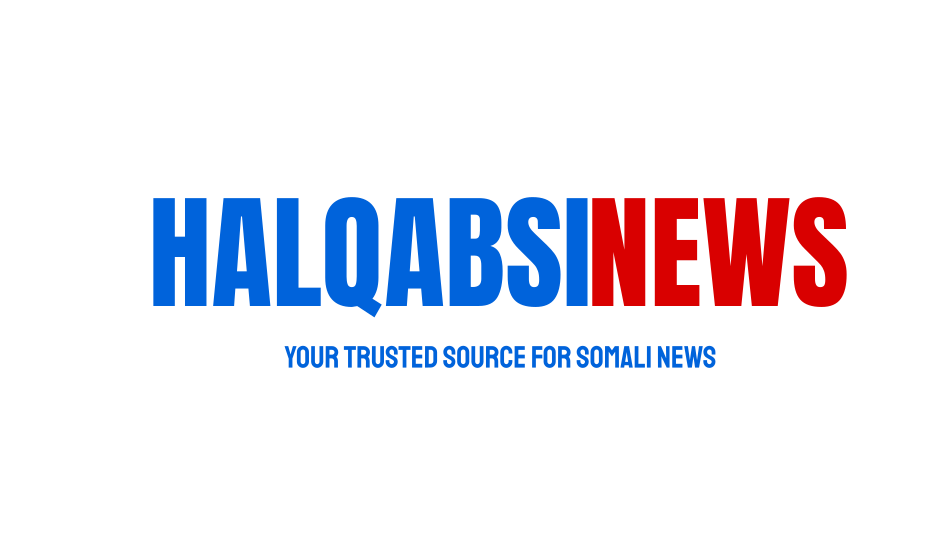HQ: A new study conducted by Mo Guled, a social media and public policy researcher, has shed light on the role of social media in the ongoing conflict in Laascaanood, Somalia. The study analyzed more than 20,000 tweets collected between January 7 and February 7, using key hashtags such as #SSC, #Laascanado, #SSCgenocide, #Bluerevolution, #Somaliland, and #SSCTerrorists.
The findings of the study indicate that the Somali Twitter community is highly polarized, with opposing factions engaging in disinformation campaigns aimed at international actors. These campaigns, which often include fake videos, images, and out-of-context content, are used as a way to rally support and mobilize troops.
Additionally, the study revealed that the majority of the tweets (78%) were retweets, while only 18% were original tweets. This suggests that a few accounts are creating content, while the majority are amplifying it. The study also found that tweet peaks in volume and engagement occurred around 2 pm-12 am East Africa Time, which is a common time for Twitter spaces to start.
According to the study, the public discourse surrounding the conflict in Laascaanood is highly inflammatory and serves as a leading indicator of the direction of the conflict. The most tagged accounts suggest that users are tagging embassies and international organizations to lobby and inform, and language detection models indicate that English is the most common language in Twitter discourse.
The study highlights the importance of social media in shaping public discourse and the potential for polarization and division in times of conflict. The findings suggest that Twitter should not be relied upon as a trusted source of information about the conflict and overall political situation in Somalia.
These findings shed light on the power of social media in shaping public discourse, and the importance of being mindful of the information we consume and share online. It’s crucial for us to be informed and aware, especially in times of conflict.











